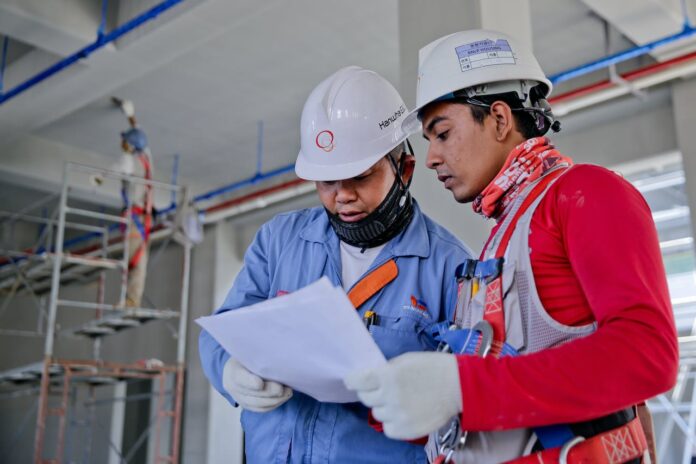Like many other industries, the construction business hinges on proper planning. Investors have to assess the site and prepare it for upcoming work. Among others, experts will test the soil, survey the construction site, and install proper systems before the project can start.
Although complex, the process can go smoothly with proper planning. In this article, we talk about site preparation and how a construction project would look in practice.
What is site preparation?
During site preparation, construction experts will undertake several steps to ensure everything’s in order ahead of the building. It’s imperative that the initial phases are quick and efficient to set the tone for the entire project. Many companies use scheduling software to keep things on track and delegate roles.
Aside from advanced software, you might have to hire specialized teams and tools to help you throughout the process. For example, you might have to spend money on dump truck services if you can’t buy your own vehicles. Renting tools and equipment is crucial for one-and-done projects as it can save you a lot of company resources.
6 Site preparation steps
If we were to generalize, an average construction project involves six main steps. Always remember that the phases might vary depending on the size and type of a project. Sometimes, construction can be prolonged due to things like soil quality, underground pipes, or objects present on a lot.
- Analyzing the site
No matter the project, the first step is always site evaluation. The process is quite extensive as you need to consider anything and everything that might affect your project. Most notably, you need to analyze soil quality and potential underground obstructions.
Soil testing is an investigative process during which geotechnical experts must determine if a site can support the building’s weight. The type of soil will also have an impact on architects and civil engineers guiding them during construction drawings. Most notably, soil analysis will tell you what kind of foundation and materials suit a particular site.
The second part of site analysis is checking for underground obstacles. You need to determine if there are some natural obstacles, such as rocks or underground rivers. After that, you also need to take into account man-made obstacles like electrical and sewer lines. It is also essential to utilize maps to learn more about potential underground structures.
- Surveying the site
During the next phase, you need to perform a complete site survey. A specialist will mark the lot with pegs or colored marketing to establish boundaries where a structure can go. The step is vital for designing as it will tell the construction team where the structure can and can’t be built and how much space they have.
- Creating a plan
At this point, the team must install drainage and septic tanks and modify the project so it includes these systems. During this step, construction professionals create a record of the underground area. Keep in mind that rock formation might cause changes, which is why the tank placement will also change over time.
The site plan also shows the roads specialists use for construction vehicles’ access and as temporary storage. It also shows the building’s location and how everything should look in practice. Construction experts make adjustments in the office, although the site crew will update it on the spot.
- Clearing the site
Now that you know where the structure should be located, and you have access roads, it’s time to clean up the place. During this phase, the demolition crew will remove anything previously occupying the lot. Alternatively, they might want to keep some of the previous structures and will only perform repairs.
Among other things, the entire site needs to be leveled and prepared for construction. Whether we’re talking about trees and other vegetation or debris, there shouldn’t be anything nearby. Although this might seem straightforward, any issues during this step can affect the end structure.
- Installing system controls
The site must also include an erosion system and drainage system controls. Depending on the site’s humidity, you might have to introduce dewatering of groundwater or retention ponds. The crew might also have to install a silt fence, which ensures that all soil remains on the property.
During this phase, you need to do everything you can to prevent runoff by introducing barriers. With best management practices, you can be sure that sediment and soil will stay put. The same can be said for pollutants, stormwater, and other discharges.
- Grading and compacting
Compacting and grading are the ultimate phases of the process. Once you introduce subterranean systems, you have complete freedom to landscape the ground on the surface. Among others, construction experts can utilize techniques such as split level as well as cut and fill for ground excavation.
As long as you have a valid plan in place, the construction process should be a breeze. It’s vital that you have good communication between the investor and the construction team so that everyone’s on the same page. The experts should also be flexible enough as there are numerous things that can go awry during the project.
Lastly, you shouldn’t neglect the safety. You need to be aware of potential hazards and introduce emergency procedures. The safety guidelines should also introduce the necessary protective equipment.


